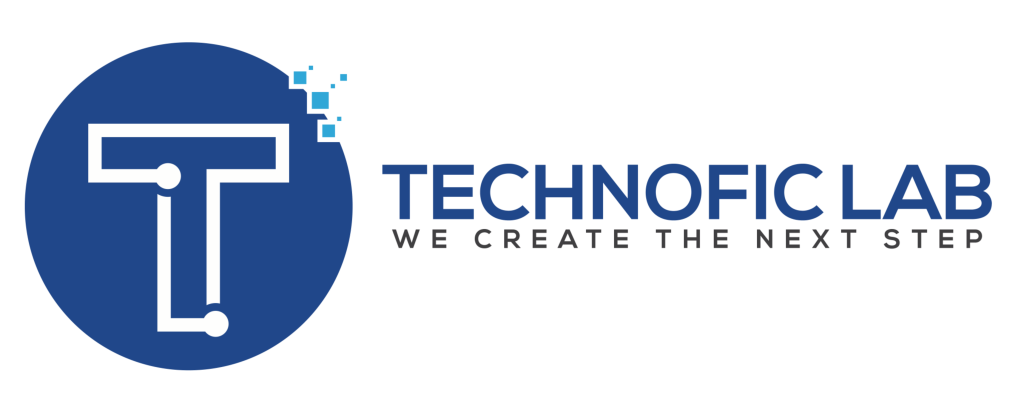Finding the right website designer can seem daunting, but it doesn’t have to be. With the right approach, you can find a designer who not only meets your needs but makes the process enjoyable. Here are ten friendly tips to help you find your perfect match.
1. Define Your Goals Clearly
Before you start looking for a website designer, take some time to outline what you want from your website. For example, if you run a bakery and need an online store, your goals might include showcasing your menu, enabling online orders, and integrating a delivery system. Clear goals help you find a designer who specializes in creating sites for bakeries.
2. Check Portfolios and Case Studies
Review the portfolios of potential designers to see their past work. For instance, if you find a designer who has crafted beautiful websites for coffee shops and your business is a café, their previous projects will give you confidence in their ability to deliver a site that matches your vision. Websites like Behance can be a great resource for viewing diverse portfolios.
3. Seek Recommendations
Don’t hesitate to ask your network for designer recommendations. Perhaps a friend who recently launched their own e-commerce store might suggest their designer. Personal referrals can lead you to someone who is both talented and reliable. You can also read reviews on sites like Clutch to find designers who have made a positive impact on others.
4. Evaluate Their Communication Skills
Good communication is key. Imagine discussing your ideas with a designer who responds quickly and provides thoughtful feedback—this makes the process smoother and more enjoyable. For instance, if you need updates on your site’s progress, a designer who keeps you informed regularly will make the experience less stressful.
5. Consider Experience and Expertise
Look for designers with experience in your specific area. If you’re starting a non-profit organization and need a site that highlights your cause, a designer who has worked with non-profits before will understand the nuances of effectively conveying your mission and attracting donors.
6. Review Their Design Process
Ask potential designers about their design process. A well-structured approach might include an initial consultation, wireframes, and regular check-ins. For example, a designer who follows a clear process similar to the one outlined by Smashing Magazine will ensure that your project stays on track and meets deadlines.
7. Check for Technical Skills
Make sure the designer has the technical skills necessary for your project. If your site needs custom functionalities like a booking system or interactive features, verify that the designer is proficient in coding languages such as HTML, CSS, and JavaScript. This is especially important if you have specific technical requirements.
8. Assess Their Problem-Solving Abilities
A good designer should be able to handle unexpected issues. Imagine a situation where a plugin you need is causing problems. A skilled designer will offer creative solutions and workarounds to ensure your site runs smoothly. Look for designers who can demonstrate their problem-solving skills through past projects or testimonials.
9. Compare Pricing and Value
When comparing quotes, consider not just the cost but the value you’ll receive. For instance, a designer might offer a slightly higher rate but include additional services such as SEO optimization or ongoing support. Investing in quality can pay off in the long run, ensuring you get a website that truly meets your needs.
10. Test Compatibility
Finally, ensure you have a good rapport with the designer. A friendly and professional working relationship can make the project more enjoyable. Schedule a meeting or a call to discuss your project and see if you feel comfortable with their approach and personality. A designer who listens to your ideas and communicates openly will be a better fit.


